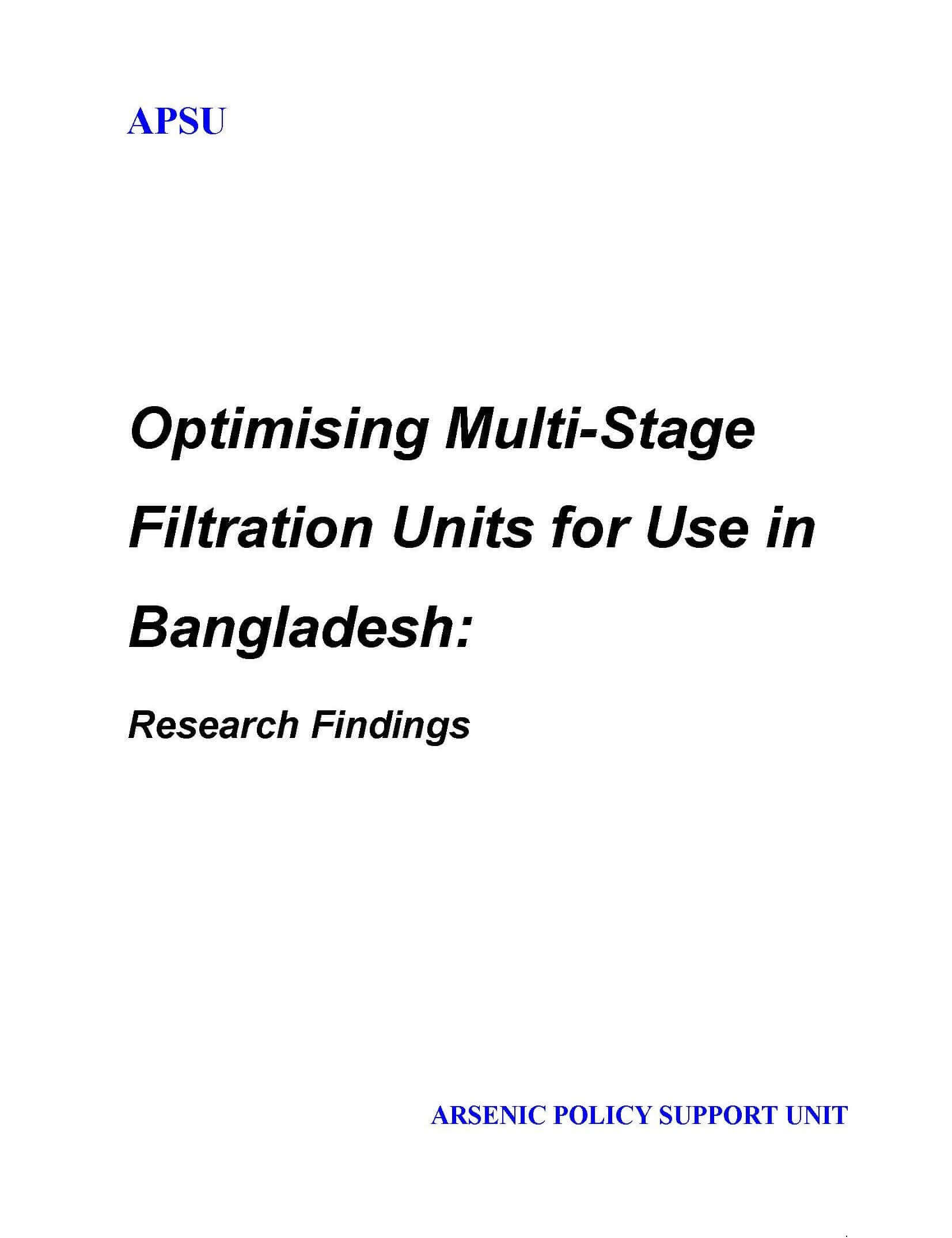The MSF system comprised three units: Dynamic Roughing Filter (DyRF), Up-flow Roughing Filter (URF), and Slow Sand Filter (SSF).
The DyRF unit demonstrated the ability to handle highly turbid raw water, achieving an average turbidity removal of 58% in the last three experimental runs. The subsequent URF process further removed around 64% of turbidity, resulting in a combined 85% turbidity removal in the two-stage pre-filtration process. Remarkably, this efficiency remained consistent across various ranges of raw water turbidity levels up to 470 NTU, indicating the independence of removal efficiency from initial turbidity levels.
Due to the substantial turbidity removal achieved through the coarse media pre-filtration stages, the SSF process’s contribution to turbidity removal was less significant. Overall, the three MSF units achieved an approximate 99% removal of turbidity, with SSF reducing effluent turbidity from 85 NTU to 0.75 NTU, surpassing the Bangladesh Environmental Quality Standard (EQS, 1997) of 10 NTU.
While color removal was less effective than turbidity removal, the two-stage pre-filtration processes removed about 35% of color. The SSF process played a vital role in achieving a reasonable residual color value, leading to an overall color removal of around 78%. The average SSF effluent color values decreased from 41 Pt.Co.Unit to 8.9 Pt.Co.Unit, which falls below the Bangladesh EQS ’97 of 15 Pt.Co.Unit and is generally acceptable to consumers.
The research revealed that the two-stage coarse media pre-filtration units reduced the densities of various microbial indicators by over 50%. The removal efficiency for thermotolerant coliforms (TTC) and C. perfringens was particularly high, at 83% and 71%, respectively. Under continuous flow conditions, the MSF units achieved maximum overall removals of 99.97% for TTC and 100% for E. coli at a filtration rate of 0.1 m/h.
In terms of design parameters, the study emphasized that the ‘coarse media size range’ and ‘depth of bed’ in DyRF and URF were more critical than SSF media size range for turbidity reduction. A suitable coarse media size range of 4.75mm to 25mm for DyRF and 6.3mm to 25mm for URF, arranged in three layers, was identified as effective for MSF systems.
In conclusion, the research conducted by the ITN Center at BUET provides valuable insights into the design criteria and performance of multi-stage filtration units for water treatment in Bangladesh. The study highlights the importance of different filtration stages, their effectiveness in turbidity and color removal, and the significance of specific design parameters for optimal system performance.


